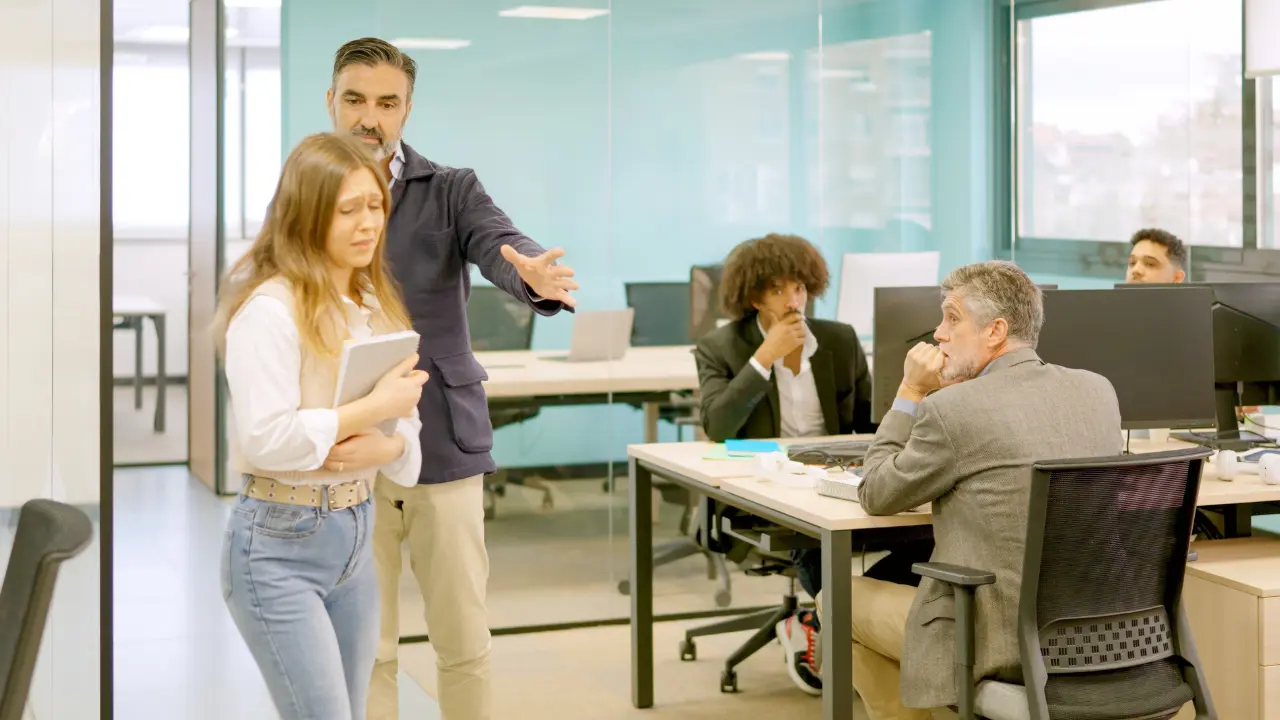Do you often find yourself caught in a loop of “what ifs,” constantly replaying past events or dreading future ones? You’re not alone.
In our fast-paced world, learning how to stop worrying and having positive thoughts have become a vital skill for many. Excessive anxiety and overthinking can drain your energy and hinder your productivity.
This article will provide five practical tips to help you regain control over your thoughts, so even during busy work times, you can stay focused and efficient.
What Makes You Worry and What Are the Signs? Science Explained

Why do I worry so easily? Worry is a natural human response, a primitive alert system designed to help us anticipate and avoid threats.
However, for many, this system goes into overdrive, becoming a constant, overwhelming presence.
Worry often stems from a fear of uncertainty, a perceived lack of control, past negative experiences that can result in signs of emotional trauma, or even genetic predispositions and learned behaviors.
Our brains, particularly the amygdala (our brain’s alarm center) and the prefrontal cortex (involved in planning and decision-making), can get stuck in a loop, constantly scanning for potential problems, even when none are immediately present.
When worry becomes excessive, it manifests in clear signs. Signs you worry too much can include persistent restlessness, difficulty concentrating, irritability, and muscle tension.
You might experience frequent headaches, digestive issues, and changes in appetite or sleep patterns (like insomnia or waking up exhausted).
Mentally, excessive worry often presents as overthinking, difficulty making decisions, and a constant feeling of being overwhelmed, which eventually leads to problems with your mental health.
Recognizing these signs is the first step towards understanding how to regain control and how to calm anxious thoughts effectively.
How to Stop Worrying About Things that Haven’t Happened?

This constant anticipation of negative outcomes is a hallmark of stop worrying about things that haven’t happened. Fortunately, there are actionable strategies you can employ to break free from this cycle.
Tip 1: Challenge Your Worrying Thoughts (Cognitive Restructuring)
One of the most powerful ways to stop worrying and overthinking is to actively question your thoughts. Instead of accepting every worrying thought as truth, challenge its validity.
Ask yourself: “What is the evidence for this thought? Is this truly likely to happen, or am I just imagining the worst-case scenario?”
Look for alternative, more realistic explanations. Consider the best possible outcome, the worst possible outcome, and then the most likely outcome.
Often, you’ll find your worries are based on assumptions or exaggerated fears, not facts.
Tip 2: Practice Mindfulness and Grounding Techniques (Bringing focus to the present)
Worry pulls you into the future or the past. Mindfulness pulls you into the present moment. By practicing mindfulness, you learn to observe your thoughts and feelings without judgment, letting them pass rather than getting entangled in them.
Simple grounding techniques, like focusing on your five senses (5 things you can see, 4 you can touch, 3 you can hear, 2 you can smell, 1 you can taste), can quickly bring you back to the “here and now,” interrupting the cycle of future-oriented worry.
You can also try to listen to meditation music, which has numerous benefits to your mind.
Tip 3: Set Aside “Worry Time” (Containment Strategy)
This might sound counterintuitive, but dedicating a specific “worry time” can be incredibly effective. Choose a short period (e.g., 15-20 minutes) each day, at the same time, and in the same place, specifically for worrying.
If a worry pops up outside this time, briefly note it down and then consciously postpone it until your designated worry slot.
When “worry time” arrives, allow yourself to worry freely, but once the time is up, consciously move on.
This technique trains your brain to contain worry, rather than letting it spill throughout your day. If you’re a manager or decision maker in your company, implementing wellness in the workplace program can help your employees address this problem.
Tip 4: Focus on What You Can Control, and Let Go of What You Can’t
A huge source of unproductive worry comes from fixating on things outside your influence. To truly stop worrying about things you can’t control, you need to practice acceptance.
Make a list of your worries and divide them into two columns: “Things I Can Control” and “Things I Cannot Control.” For the “Can Control” list, create an action plan.
For the “Cannot Control” list, acknowledge them and consciously decide to let them go. Accepting uncertainty and focusing your energy on actionable steps will reduce anxiety and empower you.
Tip 5: Engage in Problem-Solving (for Actionable Worries Only)
Not all worry is bad. “Productive worry” can lead to problem-solving. “Unproductive worry” is repetitive and offers no solution.
For worries on your “Can Control” list (from Tip 4), engage in active problem-solving. Break the problem down into smaller, manageable steps, brainstorm solutions, and take the first small action.
This shifts you from passive worrying to proactive behavior, which can reduce anxiety. By learning to distinguish and act on productive worries while letting go of unproductive ones, you take a significant step towards a mindset that allows you to stop worrying and be happy, or at least, significantly reduce your anxiety.
Ready to Stop Your Worry and Start Being Happy?
Understanding the mechanisms of worry and applying these practical tips can be incredibly empowering.
By challenging your thoughts, practicing mindfulness, managing worry time, focusing on what’s controllable, and engaging in proactive problem-solving, you can significantly reduce anxiety and take control back from overthinking. Remember, consistency is key, and change takes practice.
However, if persistent worry, anxiety, or overthinking continues to impact your daily life, professional support can offer invaluable guidance and tailored strategies.
Explore D’Accord OAS’s Counselling services for personalized support to help you manage worry, build resilience, and reclaim your peace of mind.











